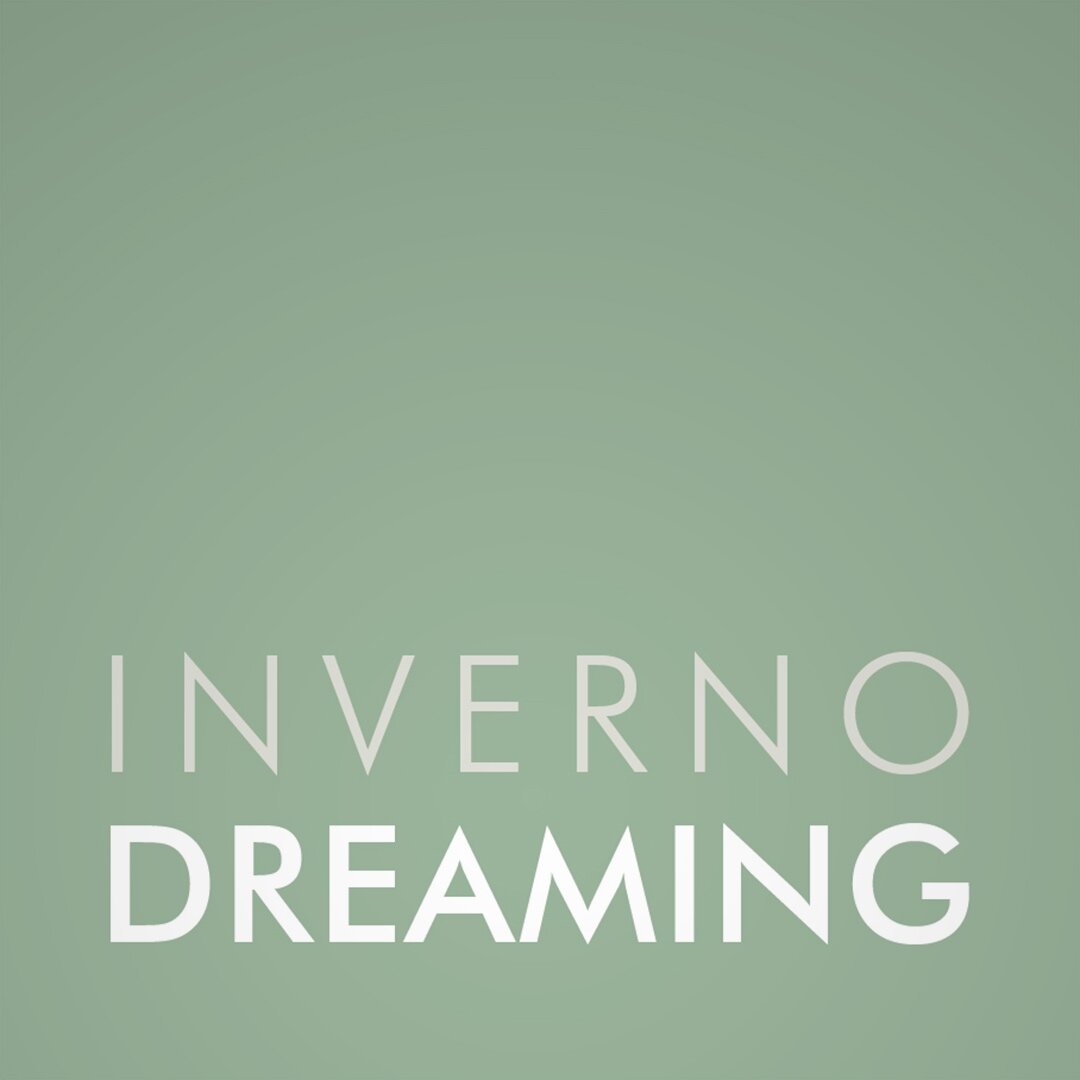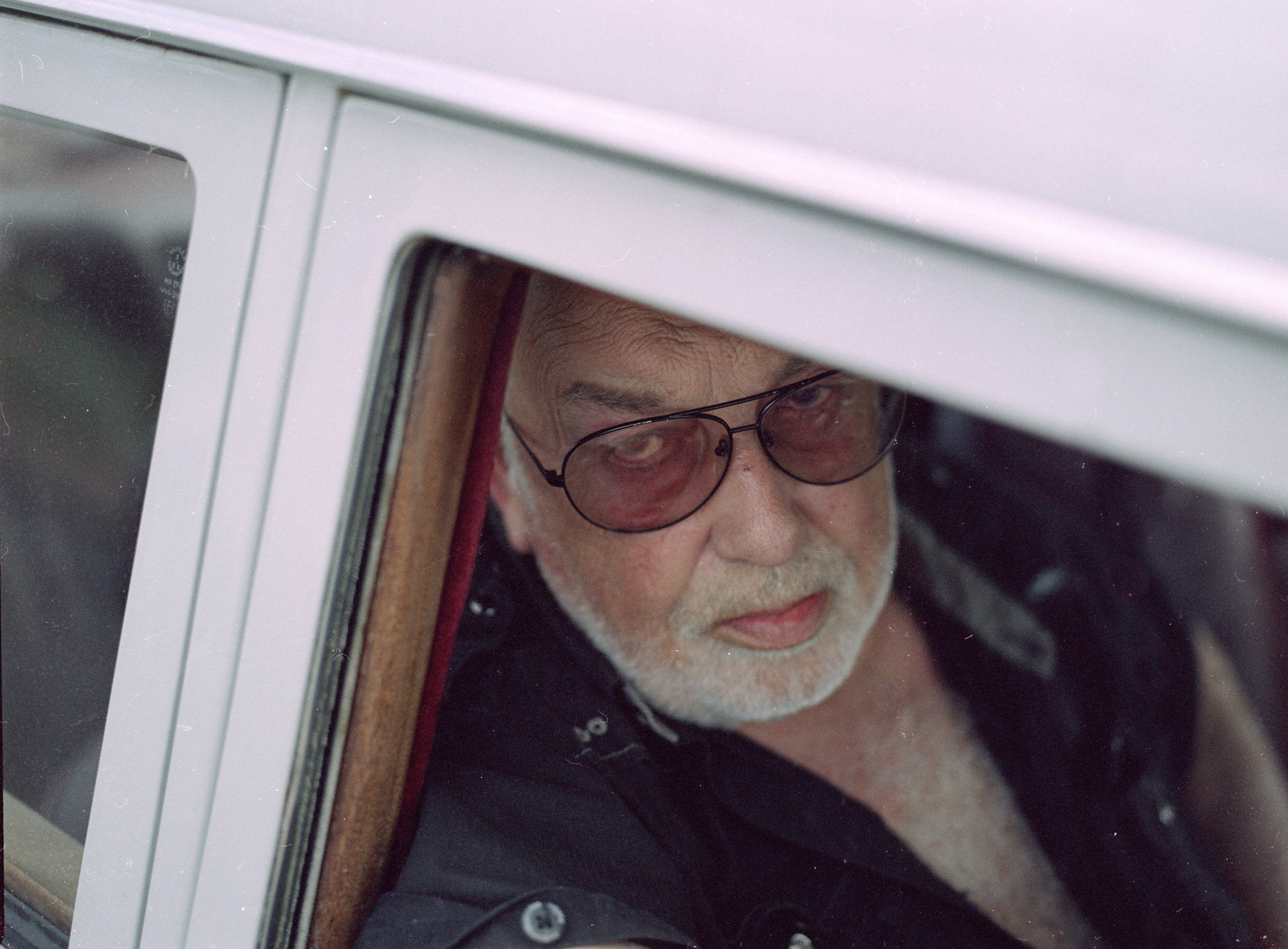An interview with Ian Howorth
Effortlessly slipping between beautifully cinematic portraits and a quiet documentary style view of the everyday, Brighton based photographer Ian Howorth’s work suggest still stories that evoke the subtle characteristics of the past.
• Ian, tell me a bit about you?
I’m a photographer/aspiring DP living in Brighton
• How did you come to photography?
I arrived at it by chance really - having been doing video for years, I became frustrated at the time it took to get a project off the ground. A friend asked me to shoot an event for him at a time I was going through a particularly difficult break-up and it slowly matured from there.
• When I first came across your work it was your portraiture that captured my attention. For me, they are created scenes floating somewhere between cinema and documentary. Can you tell me a bit about your portraits and what portraiture means to you?
Yeah, that sounds about accurate! I just like feeling, and for my images to evoke a response from within themselves rather than through added text. It's no surprise for me to say that I have a preference for nostalgia - I simply prefer the aesthetic, but there’s also a story here.
• I'm guessing that cinema has had a big influence on you, how does it affect your photography?
Yes, a huge amount! For me, Cinema is still the pinnacle of image making - creating a visual aesthetic to match a story or idea or emotion. Photography, however, is different, you’re having to tell your story through individual frames - so sometimes they can feel contrived - cramming too much in and be too literal or leaving things out and make them too vague. That’s the challenge though and looking back, also the fun. You never really stop learning and adapting as you change.
• Your urban landscape work has a melancholic feeling, a kind of celebration of disused spaces and objects with a compelling retro aesthetic. What attracts you to these places and settings?
I think it's that in itself. Where I live there are loads of places that celebrate the retro aesthetic through mimicking the vintage look... - I have no interest in that. For me, to find a place of interest, it has to be very much without ‘irony’ - it has to be of the time. If it's old or dated it's because it's been kept that way due to its aesthetic merit or because it's simply been forgotten about. These places are getting harder and harder to find due to our rampant modernisation. For me photography has become much more than simply a finished product - it has become a way by which I can understand things better - the place I live, the people I meet but also about myself and my commitment to doing what I love to do.
• In your series Three Lions, I can see an alternative sort of anti-charming view of England’s south coast, what was the foundation of this series for you?
Haha, that's a very good observation. To be honest there is no easy answer for this - the world is full of beauty but it's also full of crap, and both deserve to have their time in the sun. Things are what they are, whether we photograph them or not, is almost irrelevant - that doesn’t stop them from existing, the difference is only that some of us chose to document them. Gosh, that almost sounds like I’m being defensive! I have felt like an outsider the majority of my life after having moved from place to place during my formative years, so I’ve always been drawn to isolation and places where you can get almost lost and totally consumed by. England is somewhere I’ve been visiting since a young age, and I still very much feel like an outsider looking in - I still don’t feel like it's in my blood - I’m still trying to figure it all out.
• You photograph with film, what is it about analogue photography that suits you and your work?
Initially, it was an experiment - I wasn’t sure what to expect, or the reason why I was experimenting. Two and a half years on, I find that I like the fact that each film stock is reasonably definitive in its look. With digital, I was finding that I never really knew what my edits were meant to wind up like - there was no context. With film, each stock has its own personality and I found I was happy to relinquish my control over to whatever film stock I chose. I realised that to do that fully, I would have to shoot everything to eventually settle on something for a specific look I was going for. It's very difficult to talk about in an objective way - saying you choose something over something else, is almost an indirect way of saying it's better. It can be read that way at least. Film has a vibe - it's something I’ve come to expect now after staring at scans thousands of times. - it has certain “fullness" to it and gentle softness that I think is unmatched by digital. For now.
• Do you have a favourite camera and lens combination or even film stock?
No, no favourites - they each serve their purpose. The Mamiya 7 and 80mm f/4 is the one that impresses me the most whenever I get my negatives back though!
• Which photographers have inspired and influenced you?
William Christenberry for his unabated commitment to documenting his hometown, Gregory Crewdson for instilling in me ‘the concept’, Harry Gruyaert and Joel Meyerowitz for their beautiful use of colour and simply ‘knowing’ the value of emotion in light.
• Finally, what or where would be your dream location?
I’ve always thought its the US, but now I realise that everywhere has the potential, you just need a good idea, and lots and lots of time to come up with it.
If you want to see more of Ian's work you can follow his gallery on Instagram at ihoworth or visit his website at www.ihoworth.com
© All Rights Reserved | Ian Howorth 2018
















